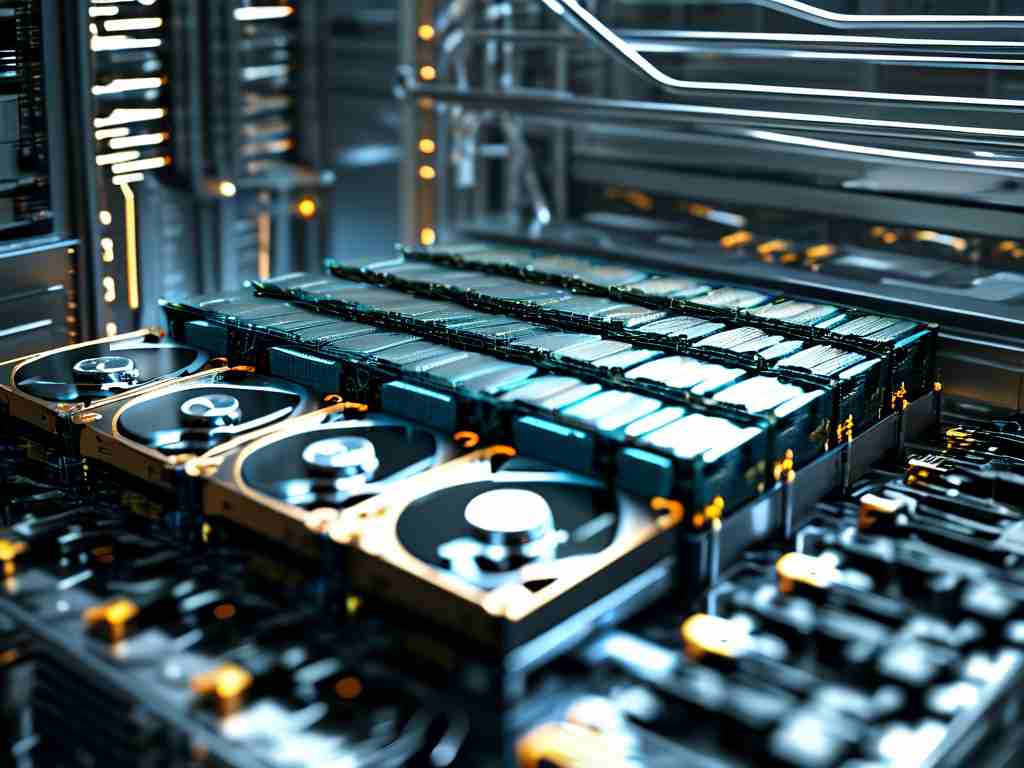In modern computing, managing memory efficiently is critical for maintaining system performance and stability. Over time, applications and processes accumulate data in memory, leading to fragmentation or exhaustion of available resources. This article explores practical techniques computers use to eliminate unnecessary memory space, ensuring smooth operation across devices.

Understanding Memory Allocation
When a program runs, the operating system allocates memory blocks to store temporary data. However, improperly managed memory can result in "leaks" or unused fragments. For instance, a poorly coded application might reserve memory but fail to release it after execution, gradually reducing available resources. To address this, systems employ strategies like garbage collection and manual memory deallocation.
Garbage Collection Mechanisms
Many programming languages, such as Java and Python, use automated garbage collection (GC). GC identifies objects no longer referenced by active processes and reclaims their memory. For example, in Java, the JVM periodically scans heap memory to mark and sweep orphaned data. While effective, GC can introduce latency during intensive tasks, prompting developers to optimize algorithms or tweak collection intervals.
Manual Memory Management
In low-level languages like C or C++, developers manually allocate and free memory using functions like malloc() and free(). This approach offers precise control but risks human error. A common pitfall is forgetting to deallocate memory, causing leaks. Code snippets below illustrate proper usage:
int* buffer = (int*)malloc(100 * sizeof(int)); // Allocate memory // ... use buffer ... free(buffer); // Release memory
Memory Compression and Swapping
Operating systems like Windows and Linux use compression or swapping to free physical RAM. Compression reduces the size of idle data, while swapping moves less-used pages to disk storage. For example, Linux’s "zswap" compresses cached pages, whereas Windows employs a pagefile.sys to handle overflow. These methods balance performance and resource availability but may slow down systems if overused.
Tools for Monitoring and Optimization
Utilities like Task Manager (Windows), Activity Monitor (macOS), and htop (Linux) help users identify memory-hungry processes. Administrators can terminate unnecessary applications or services via command-line tools:
sudo systemctl stop apache2.service # Stop a service in Linux
Developers also use profilers like Valgrind to detect leaks in code.
Best Practices for Users
Regularly restarting devices clears transient memory clutter. Closing unused browser tabs, limiting startup apps, and updating software also mitigate memory strain. For servers, configuring caches and load balancers ensures optimal resource distribution.
Eliminating redundant memory space involves a mix of automated systems, manual oversight, and strategic tooling. By understanding these methods, users and developers can enhance system responsiveness and prevent crashes. As technology evolves, advancements in memory management—such as AI-driven allocation—promise even greater efficiency in the future.








